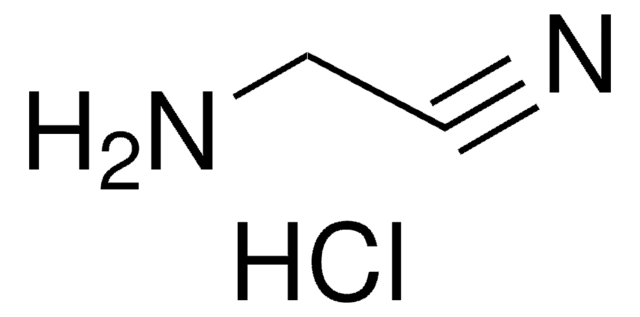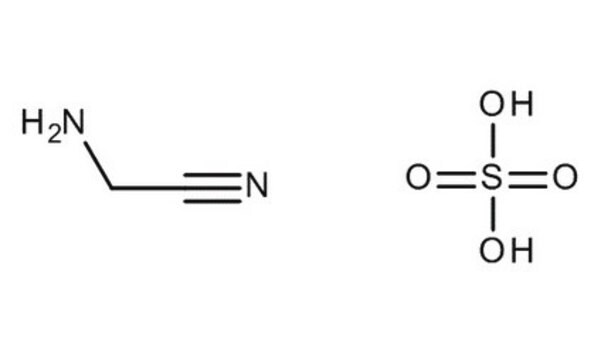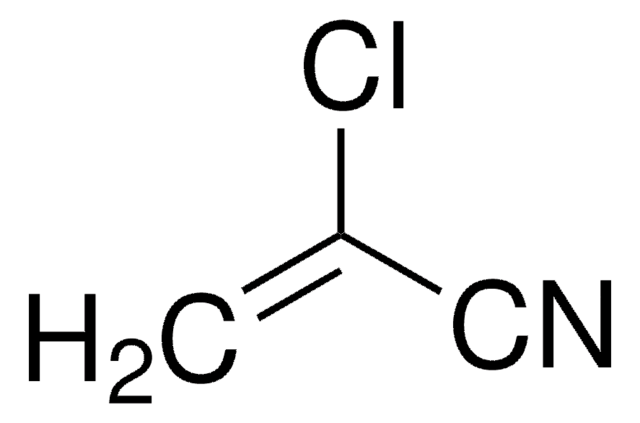All Photos(1)
About This Item
Linear Formula:
(CH3)2NCH=CHCN
CAS Number:
Molecular Weight:
96.13
MDL number:
UNSPSC Code:
12352100
PubChem Substance ID:
NACRES:
NA.22
Recommended Products
Assay
95%
form
liquid
refractive index
n20/D 1.533 (lit.)
bp
76-80 °C/0.3 mmHg (lit.)
density
0.878 g/mL at 25 °C (lit.)
functional group
amine
SMILES string
CN(C)\C=C\C#N
InChI
1S/C5H8N2/c1-7(2)5-3-4-6/h3,5H,1-2H3/b5-3+
InChI key
ZKKBIZXAEDFPNL-HWKANZROSA-N
General description
trans-3-(Dimethylamino)acrylonitrile has been investigated for vestibular toxicity in wild type (129S1) and CYP2E1-null mice via CYP2E1-mediated metabolism.
Other Notes
remainder cis-isomer
Signal Word
Warning
Hazard Statements
Precautionary Statements
Hazard Classifications
Acute Tox. 4 Oral - Eye Irrit. 2 - Skin Irrit. 2 - STOT SE 3
Target Organs
Respiratory system
Storage Class Code
6.1C - Combustible acute toxic Cat.3 / toxic compounds or compounds which causing chronic effects
WGK
WGK 3
Flash Point(F)
235.4 °F - closed cup
Flash Point(C)
113 °C - closed cup
Personal Protective Equipment
dust mask type N95 (US), Eyeshields, Gloves
Choose from one of the most recent versions:
Already Own This Product?
Find documentation for the products that you have recently purchased in the Document Library.
Sandra Saldaña-Ruíz et al.
Toxicology letters, 208(2), 125-132 (2011-11-05)
Allylnitrile, cis-crotononitrile, and 3,3'-iminodipropionitrile are known to cause vestibular toxicity in rodents, and evidence is available indicating that cis-2-pentenenitrile shares this effect. We evaluated nineteen nitriles for vestibular toxicity in wild type (129S1) and CYP2E1-null mice, including all the above
Our team of scientists has experience in all areas of research including Life Science, Material Science, Chemical Synthesis, Chromatography, Analytical and many others.
Contact Technical Service









